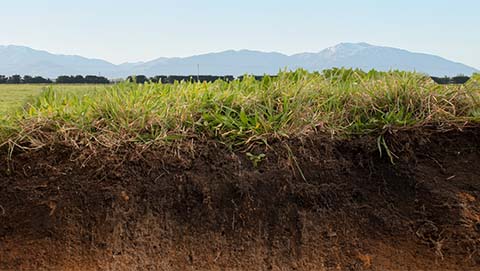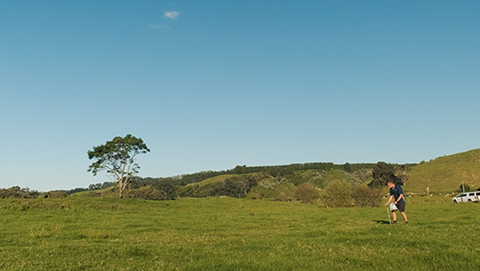We’ve made it easy to conduct your own soil test on your farm or orchard.
Why is soil testing so important?
When it comes to determining fertiliser requirements, soil testing a critical step to gain accurate, reliable information about existing nutrient levels. So knowing exactly what's going on in your soil helps you to make better decisions on farm.
Regular soil testing helps you to:
- Determine nutrient levels in soil, so you know when to replace removed nutrients or give your soil a little boost
- Optimise your fertiliser use
- Maximise production to support more intensive farming practices, sustainably
- Manage surplus nutrients and effluent applied
- Build trend information over time
When is the best time to soil test?
Go for spring or autumn
Your results will be most accurate when soil is neither too wet nor too dry.
Stick to a schedule
Sampling from the same block, at the same time, will help to build up a more accurate picture of the changing nutrient status of your soil over time. Test annually on an orchard, every 2 years on a dairy farm, and every 2-3 years on a sheep & beef farm.
Not after grazing
Avoid testing paddocks that have been recently grazed. Fresh dung and urine deposits increase the risk of inaccurate results.
Avoid extreme conditions
If soil is either waterlogged or extremely dry from drought, this will affect the availability of nutrients and you’ll get misleading results.
Not after fertiliser and lime
Wait three months after applying fertiliser, to avoid artificially high nutrient results. Sampling too soon after lime application will affect soil pH and Olsen P results.



